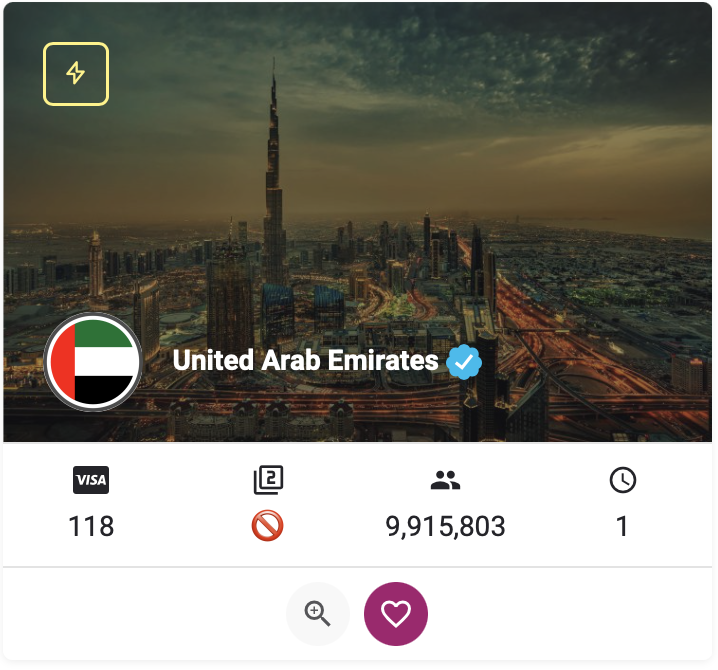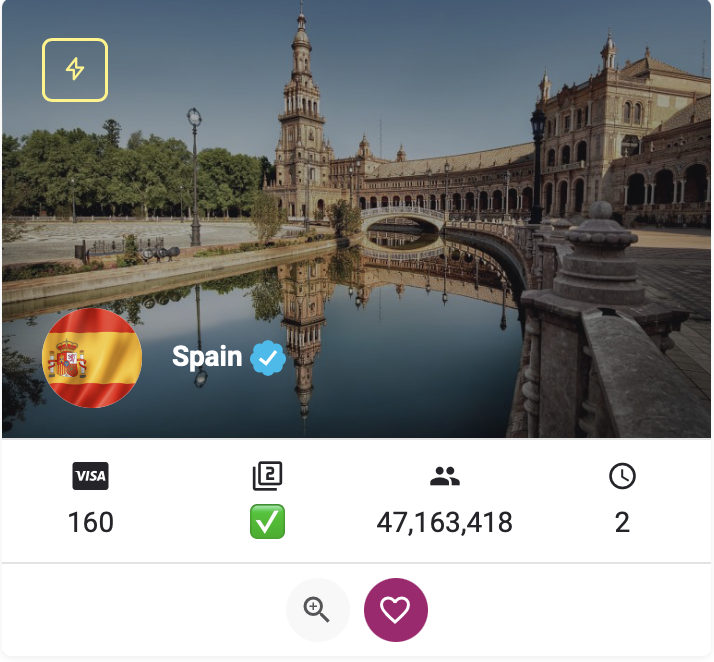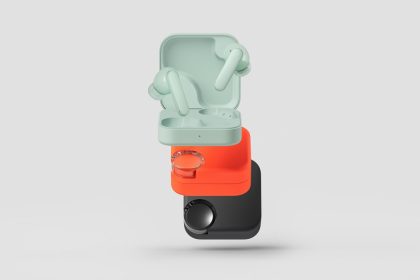Hair weaving is one of the most attractive hair styling styles that has many fans all over the world. There are different types and styles for hair weave; But it is interesting to know that each of these styles expresses the culture and customs of each country and has its own meaning. In this article, in addition to examining the history and meanings of this hair style, we would like to examine the most beautiful hair texture models together.
Hair weaving is one of these grooming methods that creates a beautiful effect on the hair. There are different types and methods for hair texture, each of which has its own beauty; But before examining the most beautiful models of hair weaves, it is better to know when and how exactly hair weaves started?
Review the history of hair texture
Sources say that the history of hair weaving dates back to more than 30,000 years ago and has been evolving since the beginning; It has no limit and maybe it is infinite like mathematical numbers. However, if we check specifically, according to the painted images of ancient women in African caves, women have been weaving their hair since 3500 BC.
The interesting thing is that at that time, hair weaving was not just a method to increase the beauty of hair; Rather, people get a lot of information about each other's identity by seeing hair texture models in others. In other words, people weave their hair to show their identity to each other in a glance and non-verbally. At that time, the information that people obtained from hair texture models included age, type of religious beliefs, social class, ethnicity, and martial skills. Although at that time most women, children and even men all over the world weaved their hair in the same way and this type of texture was passed from one generation to another, in general, the history of hair weaving has deep roots in the culture of the African country.
A general look at the meanings of hair texture in history
Although today, hair weaving is done as an art on the hair all over the world, and its creative and complex nature is embedded in the depth of culture and history; But few people know where its exact origin is. To discover this answer, we can have a brief overview of the place of hair texture in history.
Hair texture to introduce economic class
As we said, the roots of hair weaving are very deep in African culture and people had important reasons for weaving their hair. For example, in the distant past in West and South Africa, hair texture was more important than aesthetics for people or tribes in these regions. Some African tribes braid their hair to represent their economic class; Then they decorated it with shells and silver coins.
Hair weave to express religious beliefs
When religious people want to show their religious beliefs, they weave their hair in the form of religious symbols. For example, Hindu god worshipers weave their hair into interlocking snakes. Native Americans also used hair texture to show their identity characteristics.
tip: Today, in African American communities, most women weave their hair to keep the traditions and cultures of their ancestors alive and to convey this message to the whole world.
Hair weaving to protest
It is also interesting to know that during slavery, braiding hair was a symbol of protest. That is, slaves who were persecuted used to make complex designs in the form of weaves on their hair. Designs that were a symbol of freedom or with an effort to resist the misbehavior of slave owners. Until after some time the slave owners realized this and shaved their slaves' hair to prevent these messages.
Today, there are many texture models that have been introduced as artistic and cultural symbols. So it is better to know that the texture of the hair indicates something more than the grooming of the hair. Now that we are familiar with the concept of hair weave, we will review the most beautiful and popular hair weave models together.
Review of the most beautiful hair texture models
Some of the most beautiful hair texture models are:
1. Cornrow weave, the most original hair weave model

Cornrows date back to 3000 BC. In the past, Africans showed their tribe and their place in it to others with the cornrow weave. Even warriors and kings used this texture to introduce their position. Today, people all over the world do cornrow weaving. For example, in West Africa, people with the texture of this model on their hair show their age, marital status, kinship, religion, and overall personality traits. Finally, in cornrow weaving, the weaver takes the hair right from the scalp and weaves it in the same shape and size from the scalp to the end of the hair with specific distances.
2. Ghanaian texture, popular and complex

The origin of the fabric of Ghana (Ghana) is related to the country of Africa. This type of texture has also been seen in sculptures that were made 500 years BC. It is an original design and is rooted in cultural, social and religious traditions. Ghana literally means food and West Africa. In this type of hair weave, the weaver gathers the hair from the scalp in small size. Then it gradually enlarges it. Also, this texture has a beautiful appearance on the scalp to the ends of the hair. Therefore, it is a very popular model for weaving.
3. Fulani texture

The Fulani fabric originates from West Africa and the Sahel region. where the very large nomadic community has preserved its original hairstyle from distant generations with the help of tribal women. This style is known for having a specific pattern and being long. In this type of weave, the hair on both sides of the head is separated equally; Also, the dividing line is separated from the hair on both sides. Then, the weaver gathers a limited piece of hair right from the scalp and weaves from the root to the end of the hair; This is the main pattern and the weaver uses it on all the hair until the weave is finished.
As we said, the piece of hair in the middle of the head has a special place in this texture and it should be clearly defined. The ends of the weaves are also gathered with special accessories so that the weave remains fixed.
4. Goodes texture, a work of art

Goddess weave is one of the most creative and beautiful hair weave models that dates back to ancient Africa. Sources refer to this hair texture as “work of art”. In terms of appearance, Godes tissue is somewhat similar to cornrow tissue. Again, in this weave, the hair is collected from the scalp and the final weaves are often thick, prominent and clear.
5. Baft box, time-consuming and meaningful

Box texture dates back to 3500 years BC. It takes about 8 hours to make this texture and its price is also expensive. In the past, people believed that if any woman can endure the time of doing this weaving, she is a capable woman. Also, in the distant years, women used to do this type of weaving on their hair to show their readiness to marry the opposite sex. Other reasons were the high social class and wealth of people. In this weave, the weaver separates the hair from the root and weaves the hair in large numbers in the same normal state.
6. Dreadlock texture, strange and deep

Contrary to popular belief, this type of hair weave originates not from Jamaica but from African history. It dates back to 2500 BC. Sources say that Shiva, the Hindu god, had this hairstyle. Dreadlocks are also found in carvings, paintings, and works of art from ancient Egypt. On the other hand, some sources claim that thousand-year-old mummies were also woven with dreadlocks. The next history of dreadlocks is related to the women of the Himba and Namibian tribes. The purpose of tribal women to do this hair weaving was to show their age or marital status. It was also possible for women to show their face and readiness for marriage to men with this hair texture.
Today, this hairstyle is popular all over the world and its meaning is different in each culture.
7. Dutch texture, but African!

Many believe that the Dutch hair weave, which is called Dutch, originates from the Netherlands, while it is not so. Because the Dutch hair texture is originally from South African people. People who migrated to the Netherlands at one point in history and used this type of weaving and several other weavings to protect their scalp from the harmful rays of the sun. In the Dutch hair weave, the root of the weave starts from the hairs in front of the forehead and with small dimensions; Then it is directed towards the sides of the head as the dimensions increase. The Dutch weave is a two-sided weave that continues to the ends of the hair. This weave is very similar to the Gana weave in terms of shape.
8. French texture, but Dutch!

The French weave model is originally related to the Netherlands, which over time became famous among the people under the name of French weave. This expression was used for the first time in 1871 in a magazine. A magazine that introduced this texture to people as a new hair texture. Of course, the important point is that the said magazine did not print an image for this texture and today there is some ambiguity about whether the French texture is the same texture or not.
The French weave is a general and very large weave that is collected from the front hair in the original model; The entire hair is divided into two side parts and then the texture is applied. It should also be noted that doing this weaving is very difficult and requires a lot of skill and experience.
9. Inverted texture, interesting and a bit complicated

One of the most beautiful hair weave models is the Upside-Down hair weave model, which is the reverse of the French and Dutch weave. It means that the beginning of the weave is from the hair on the back of the neck to the end of the part of the head. Once you've braided the hair down to the parting, it's up to you how you style the hanging part of the hair. For example, you can pull up or tie the ends of the weave with a small elastic and leave the rest of the hair.
10. Fish blade texture, attractive and impressive

The shape of this texture is just like the skeleton of a fish and it is very popular among Iranians. Since the shape of the fish blade texture is not as big as other textures, its effect and beauty is more in dyed hair. In addition, it is very sensitive and difficult to make the texture of the fish blade; Hair is divided into two parts and these two parts are divided into more parts. Then they are joined on both sides and crossed to create the final shape of the texture.
See a diverse world of hair extensions
11. Hippie texture, simple and stylish

Hippies were a group of young people in the 1960s who had a special and different lifestyle from other people and because of that they were different from other people. In addition to different moral characteristics, they also had different clothing styles and hair styles. For example, hippie women used to weave their hair in such a way that they would leave their entire hair open, then they would simply weave a small piece from the left and a piece from the right and finally connect these two pieces together.
In addition, they weave a piece from the front of the ears. After this date, this type of weave became known as hippie weave.
12. Crown weave, one of the most beautiful hair weave models

One of the most beautiful hair weave models is the Taji model. This style of hair weave is also very popular in Iran. Its method is such that the weaver weaves all the hair from the right or left side of the head in a circular fashion connected to the hair on the scalp. The final shape of the texture is crown-like. Then the hair is decorated with gems or special ornaments.
13. Modern four-strand weave

This type of weaving is done from the front of the hair and its final shape has a very beautiful effect. Its method is such that the weaver starts weaving from the side of the forehead and continues to the other side of the head in the same way. Finally, the end of the hair that hangs is also braided. This hair texture is very popular and it requires training and skill.
14. French and razor fish combination texture

This combination texture is one of the most beautiful hair texture models. In such a way that the weaver weaves one side of the hair in a French style and the other side in a razor fish shape. Finally, these two sides are connected. Of course, this depends on the taste and choice of people.
15. Very simple texture

Almost all of us know this texture. The simplest and most common type of hair texture, which is of course very popular and popular. In this weave, we divide the hair into three parts. While holding the central piece in our hand, we pass the other two pieces through each other in order. Like other textures, we repeat this process until our texture is finished. The final shape resembles a rope.
Benefits of hair texture for hair health

Have you ever thought about the benefits of hair texture for our hair apart from all the above? Let's review two important points:
1. Limits hair loss
When you braid your hair, you don't need to brush or comb it, so it doesn't tangle. Not combing prevents your hair strands from breaking, which minimizes hair loss.
Also, braiding the hair causes hydration and, as a result, increases hair growth.
2. Reduces frizz
Everyone who cares about the health of their hair tries to prevent split ends. There are many methods for this, and hair weaving is one of the best methods.
Care tips when braiding hair
When weaving hair, we must observe a series of care points. First, the weaver should not pull the scalp while weaving the hair; Because this condition causes headache, shedding and drying of the scalp, which is not good for the health of the scalp and hair.
Also, when we weave our hair, if we intend to keep the texture for a long time, we should not allow our hair to get greasy. We should bathe regularly and make sure that our hair and scalp are clean.
See some good hair brush models
final word
Hair weaving is one of the artistic styles for hair styling and also one of the best ways to take care of hair and scalp. In this article, we tried to review all aspects related to hair texture including history, meanings and concepts, the most beautiful hair texture models and the benefits and care tips in this case. If you have any suggestions about this, please let us know in the comments section.
RCO NEWS

















